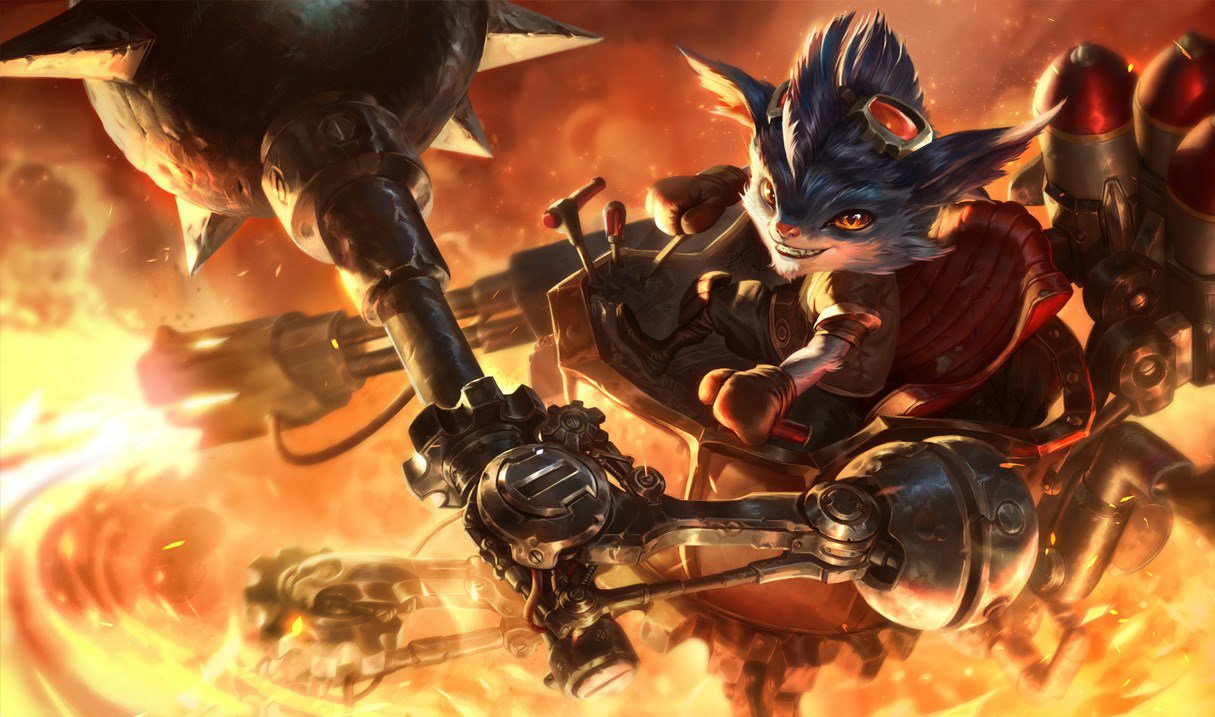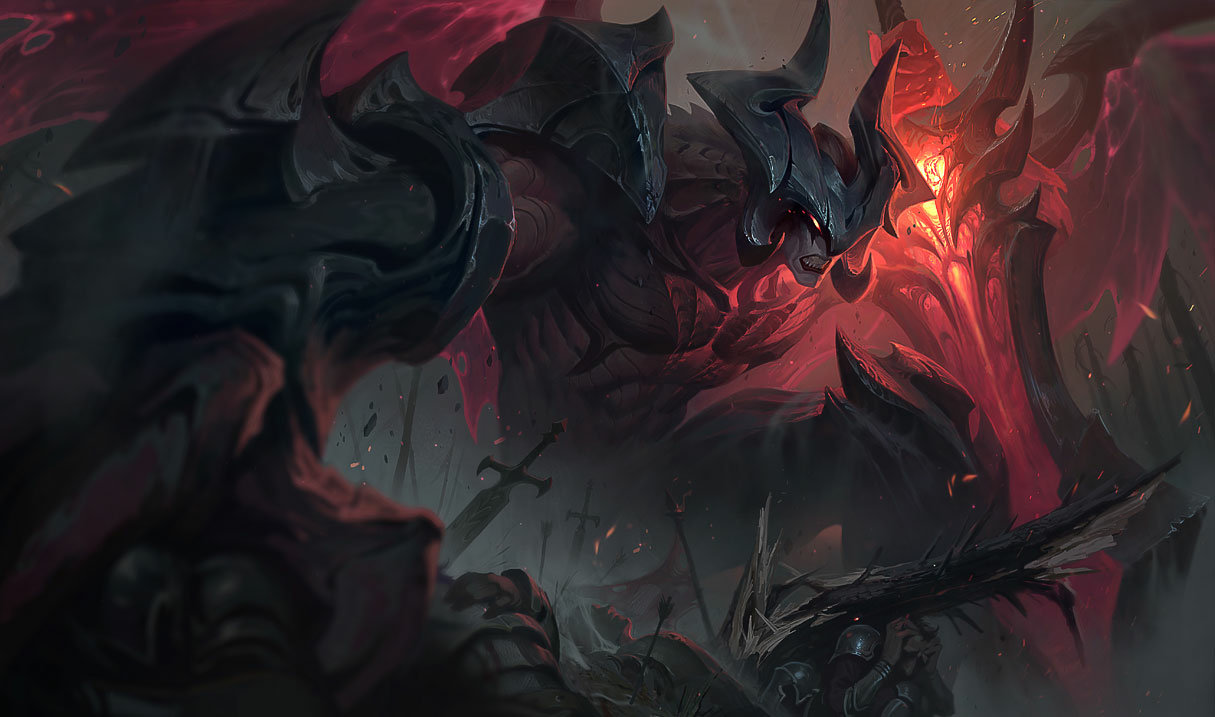 Rumble Stats and Analytics
Rumble Stats and Analytics Rumble Gameplay Guide – Mastering Rumble Top Lane and Teamfight Control in League of Legends
Rumble, the Mechanized Menace, is a versatile top lane champion in League of Legends known for his consistent damage, area control, and teamfight presence. He excels in top lane through sustained poke, zoning with abilities, and contributing significantly to mid- and late-game teamfights. Mastering Rumble requires understanding his abilities, heat management, early laning strategies, mid-game roaming, late-game positioning, rune and item optimization, matchup knowledge, and team synergy.
Understanding Rumble’s Abilities
Passive: Junkyard Titan
Rumble gains bonus adaptive damage based on missing health and converts a portion of his total damage into true damage during full-heat scenarios. Heat management is crucial for maximizing damage output while avoiding overheat downtime. Effective use of passive requires balancing ability usage to maintain pressure and sustain damage across trades and teamfights.
Q: Flamespitter
Rumble sprays flames in a cone in front of him, dealing continuous damage. Q is his primary damage tool, ideal for harassing, wave-clear, and teamfight zoning. Managing heat while using Q ensures consistent poke without triggering overheat prematurely, which can leave Rumble vulnerable in trades or skirmishes.
W: Scrap Shield
Rumble activates a shield that absorbs damage and grants a brief movement speed boost. W is essential for mitigating poke, engaging trades, or escaping unfavorable situations. Proper timing of W, especially when combined with Q and E, allows Rumble to trade effectively in lane and maintain survivability during teamfights.
E: Electro Harpoon
Rumble fires a harpoon that slows and deals magic damage, stacking for enhanced effects on successive hits. E is important for kiting, engaging, and peeling, as well as controlling enemy movement in lane or teamfights. Using E strategically ensures that Rumble can apply pressure while maintaining optimal positioning.
R: The Equalizer
Rumble deploys a line of rockets that deal sustained damage and slow enemies caught in the area. R is his ultimate zoning tool, capable of controlling teamfights, securing objectives, and punishing poor positioning. Coordinating R with allies’ crowd control and damage abilities amplifies its impact, forcing enemies to reposition or take significant damage.
Early Game – Lane Control and Harassment
Rumble’s early game revolves around consistent poke and heat management. Using Q for sustained damage and W for protection, Rumble can control the pace of trades against most top lane champions. Combining E with Q allows for safe harassment, while managing heat prevents downtime during critical early engagements. Efficient farming and harassing opponents while avoiding overheat ensures lane dominance and creates opportunities for early turret pressure or kill setups.
Vision control and awareness of enemy jungler positions are vital. Rumble can zone enemy champions from minions or objectives while maintaining lane priority. Effective early trades with Q-E combos and proper shield usage with W secure health advantages, summoner spell pressure, and lane control.
Mid Game – Roaming, Skirmishes, and Objective Control
During the mid game, Rumble transitions into a mid-range teamfight presence and objective controller. Roaming to mid lane or assisting jungle skirmishes allows him to leverage his Q-E poke and R zoning potential. R can turn small skirmishes into favorable fights, especially when layered with allies’ crowd control. Proper mid-game rotations focus on maximizing map pressure, controlling vision, and timing ultimate usage around objectives like Dragon and Rift Herald.
Rumble excels at controlling area during skirmishes, punishing poorly positioned enemies with sustained Q damage and slowing them with E. Coordination with teammates ensures that Rumble’s zoning forces enemies to reposition, allowing his team to secure objectives or win skirmishes without heavy losses.
Late Game – Teamfight Impact and Positioning
In the late game, Rumble’s primary role shifts to controlling teamfights with sustained damage, zoning, and area control. Proper positioning is critical: maintain mid-range to apply Q and E effectively while shielding with W to mitigate burst. Deploy R to control choke points, limit enemy movement, and provide sustained AoE damage. Rumble can act as a frontline skirmisher, applying pressure without overextending, ensuring that his team can capitalize on his zoning.
Target priority in late-game teamfights focuses on disrupting backline carries and controlling objectives. Coordinating Rumble’s ultimate with crowd control and follow-up damage amplifies its effect, potentially deciding teamfights and creating opportunities for Baron, Elder Dragon, or turret control. Effective heat management ensures Rumble can maintain consistent presence in extended engagements.
Combos and Play Patterns
- Early Trade: Q to poke → E to slow → W to shield → repeat while managing heat.
- Mid-Game Skirmish: Q-E harassment → deploy R in chokepoint → coordinate with teammates for follow-up → retreat using W if necessary.
- Late-Game Teamfight: Position mid-range → Q and E to damage and control enemies → W for protection → R to zone and disrupt → adjust position for consistent damage output.
- Objective Control: Use Q-E to soften enemies → deploy R across choke points → assist teammates in securing Baron or Dragon → maintain heat and shield usage for sustained presence.
Runes and Itemization
Rumble benefits from runes that enhance ability power, sustained damage, and survivability. Primary runes often include Electrocute for burst trades, Nimbus Cloak for mobility, Transcendence for cooldown reduction, and Gathering Storm for late-game scaling. Secondary runes like Conditioning and Overgrowth increase durability during extended fights. Proper rune selection ensures Rumble maintains lane control, mid-game skirmish effectiveness, and late-game teamfight impact.
Core items include Liandry’s Anguish for sustained damage, Riftmaker for penetration and healing, Zhonya’s Hourglass for survivability, and Morellonomicon for anti-heal. Situational items like Rylai’s Crystal Scepter, Banshee’s Veil, or Void Staff provide utility or damage depending on enemy composition. Correct itemization ensures Rumble remains a high-impact damage dealer and zoning presence throughout all stages of the game.
Team Composition Synergies
Rumble thrives in compositions that rely on teamfight control, poke, and sustained AoE damage. His ultimate synergizes with allies who can follow up with crowd control or engage during R zone. Teams lacking follow-up or peel may reduce Rumble’s effectiveness, as he relies on consistent positioning and AoE presence to impact fights. Effective synergy allows Rumble to dictate teamfight pace, secure objectives, and control map pressure.
Matchup Tips
Against melee champions, use Q-E harass to control lane and avoid overextending. Against ranged poke champions, use W to mitigate damage and wait for cooldown windows to engage safely. Late-game positioning focuses on mid-range zoning, controlling chokepoints with R, and supporting teammates without being overextended. Awareness of enemy flank attempts and jungle presence ensures Rumble maintains consistent pressure while remaining safe.
Closing Thoughts
Rumble is a top lane control mage capable of dominating early trades, influencing mid-game skirmishes, and controlling late-game teamfights. Mastering his passive, Q, W, E, and R, along with heat management, early laning strategies, mid-game roaming, late-game positioning, rune optimization, itemization, matchup knowledge, and team synergy, ensures consistent performance throughout all stages of the game. Understanding combos, timing, and positioning allows Rumble players to dominate trades, secure objectives, control skirmishes, and create snowballing advantages for their team. By leveraging sustained damage, crowd control, and zoning, Rumble consistently enables his team to capitalize on opportunities and achieve victories from early lane dominance to late-game decisive engagements.
 METABOT.gg
METABOT.gg
